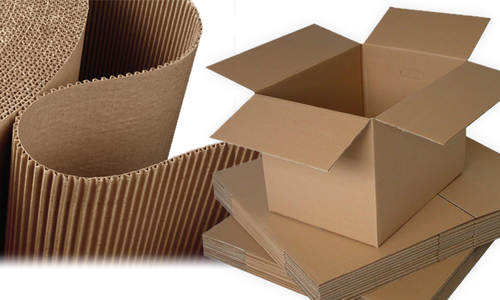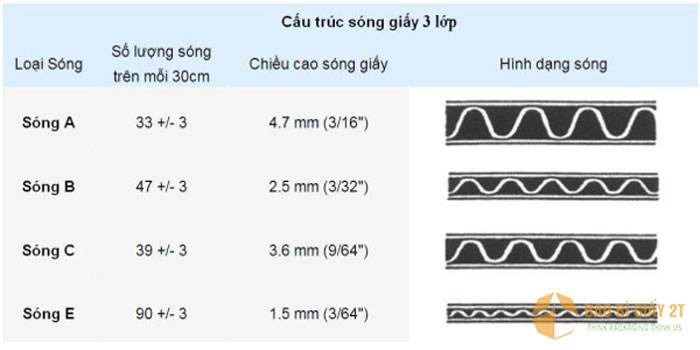Corrugated carton is something you need to find out before deciding to order a carton. Because, depending on the purpose of use, you can choose the appropriate solution. Today’s popular carton is mainly composed of face paper and corrugated paper inside. Based on that, manufacturers create different types of cartons. We will help you get more information about wave types and their characteristics. From there, you can choose the most suitable type of carton.

What is corrugated carton?
Corrugated carton has the purpose of creating better stiffness and strength when it is in the original position of the paper. Therefore, to create a strong carton, it depends on the corrugated technology of the carton.
The wave also depends quite a lot on the weight of the paper. The weight of the paper is the base thickness of the paper layer when producing the corrugated board for the carton. In the technique of making waves for paper, people must rely on a number of basic elements and principles. It is to generate wavelengths (called Lan-Da) suitable for each type of wave based on paper weight and wavelengths.
Types of corrugated carton
There are 4 main types of corrugated cartons that make up the grooves and winding circles of the carton paper. They are: wave A, wave B, wave C and wave E.

A-Corrugated Carton (Wave A): The corrugated paper height is 4.7 mm. Wave A carton withstands good dispersion forces on the entire surface of the paper.
B-corrugated carton (Wave B): The corrugated paper height is 2.5mm. This type of sheet paper is resistant to high penetration forces.
C-corrugated carton (Wave C): Height from 3.5-4.5mm. Cardboard paper using wave A has good surface dispersion strength, but not as much as wave C.
E-corrugated carton (Wave E): The corrugated paper height is 1.5 mm, commonly used for cartons of light objects.
Advantages and disadvantages of corrugated cartons
Each wave type has its own advantages and disadvantages. From those advantages and disadvantages, people will apply cartons to each field of packaging suitable goods.
Wave A
- Pros: Good elasticity, best surface dispersion force
- Cons: Less resistant to compression and transverse puncture than wave B, C, E
- Application: Packing heavy goods, for export such as: leather shoes, garment, food
Wave B
- Pros: good penetration resistance
- Cons: Poor elasticity than wave C and A.
- Application: Commonly used for all kinds of carton boxes for fruits, Ship COD, cosmetics, clothes
Wave C
- Pros: Good elasticity, good resistance to surface dispersion
- Cons: Poor dispersion strength than wave A, poor penetration resistance than wave B and E
- Application: Most commonly used in manufacturing and exporting industries
Wave E
- Pros: Small wave, compact, best resistance to horizontal stabbing
- Cons: Poor elasticity, can’t withstand the force of dispersion on the surface
- Application: Light packing, ship cod, accessories
